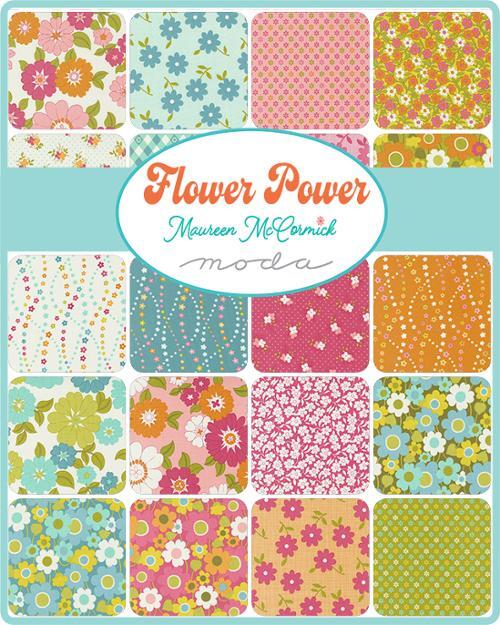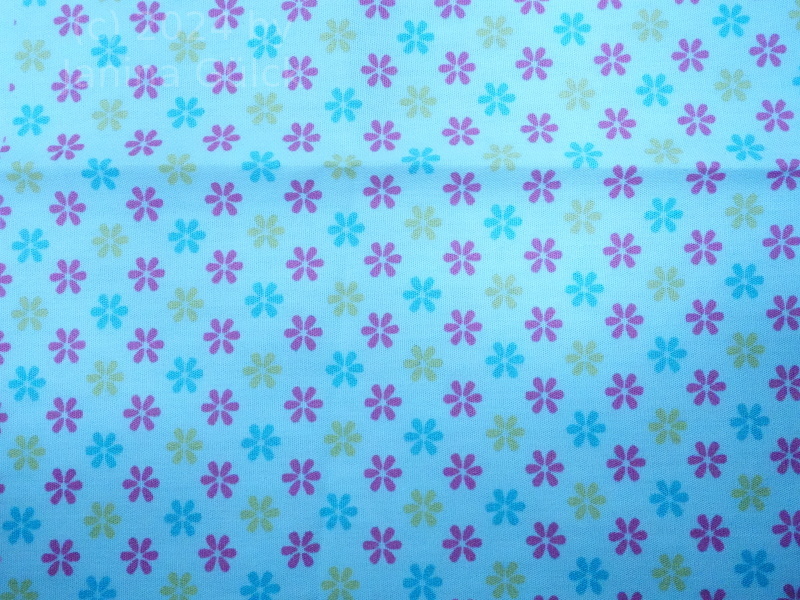Table of Contents
Pattern prototype development (for Francie) is an essential step in fashion design and garment construction. It allows designers to test their concepts, refine fit, and ensure that the final piece meets their expectations before production. In this article, we will explore the process of creating a pattern prototype, using the example of a pattern for Francie with a lower dart. This method applies to various projects, and another example will be demonstrated in an upcoming video. You can design anything you have in mind. For reasons of easiness I will show you only a prototype for a fashion doll top.
What is Pattern Prototyping?
Pattern prototype development for Francie involves developing a preliminary version of a garment using a drafted pattern. This step helps in:
- Evaluating the fit and design
- Identifying necessary adjustments
- Reducing fabric waste by perfecting the pattern before final production
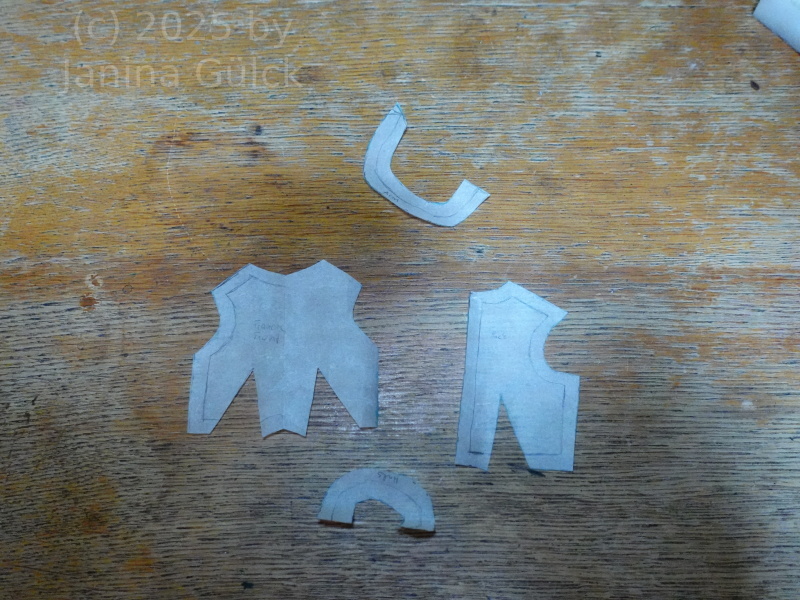
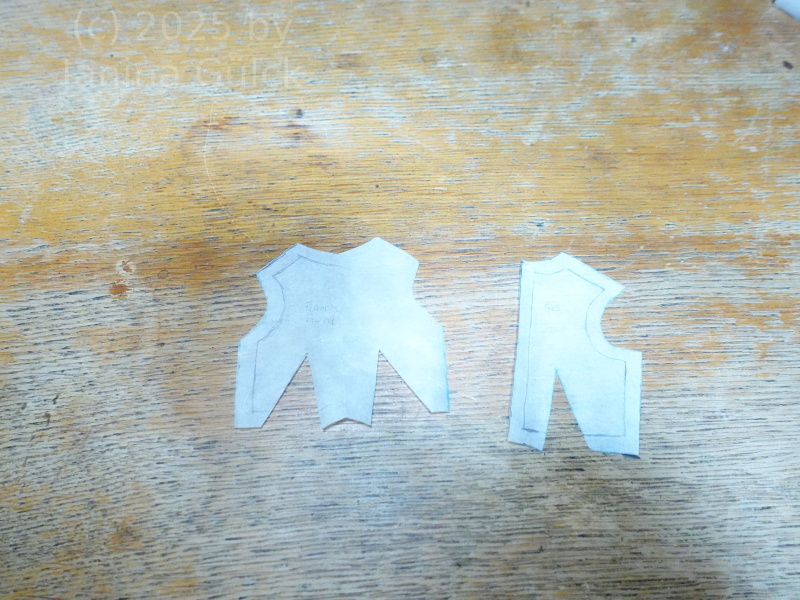
Step 1: Designing the Pattern for Francie
Start by sketching your design and planning the pattern layout. In this case, we created a pattern for Francie, incorporating a lower dart for a more contoured fit. Choose the appropriate paper or digital software to draft your pattern pieces. My design here is only an example for what you can do. It’s not limited to Francie. You can use any doll you have at home and copy the steps for your diy pattern from my Pattern prototype development for Francie. My preference for pattern making is grease proof paper but this is just my preference.
Step 2: Cutting the Prototype Fabric for Francie
Once the pattern is finalized on paper, transfer it onto a muslin or similar test fabric. I used here a Popeline cotton. That’s my go to fabric. This fabric should be inexpensive but have similar drape and weight to the final fabric. Carefully cut out each pattern piece, ensuring accuracy in seam allowances and markings.
Step 3: Assembling the Prototype
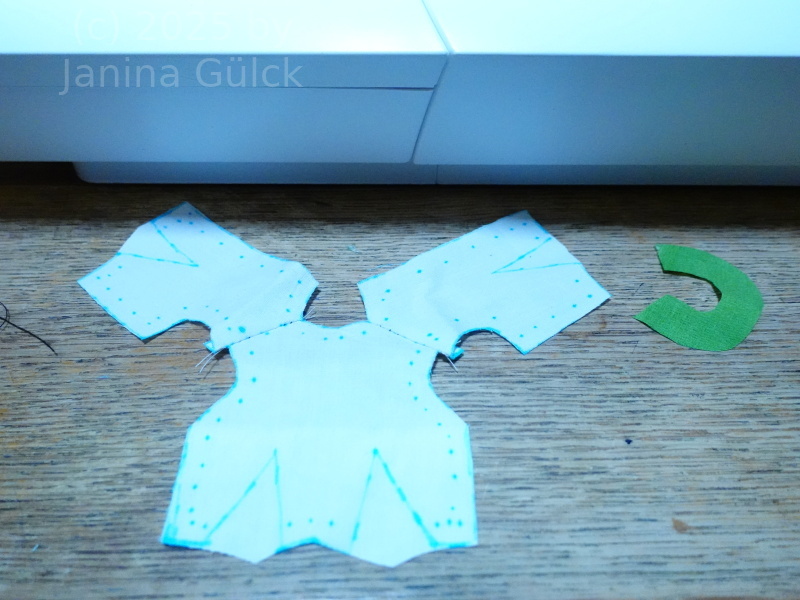
Sew the pieces together using temporary stitches or a basting technique. This step allows for easy adjustments. Pay attention to key fit areas such as darts, seams, and closures to ensure the design aligns with your vision.
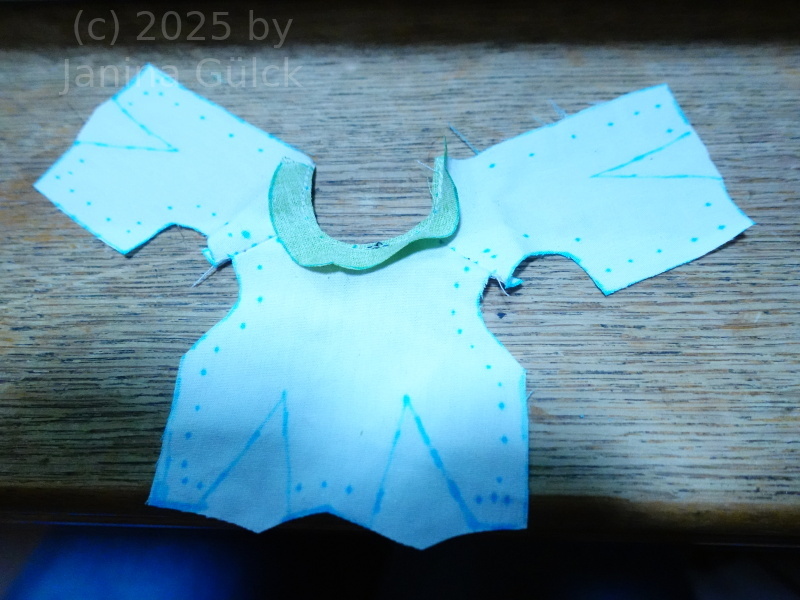

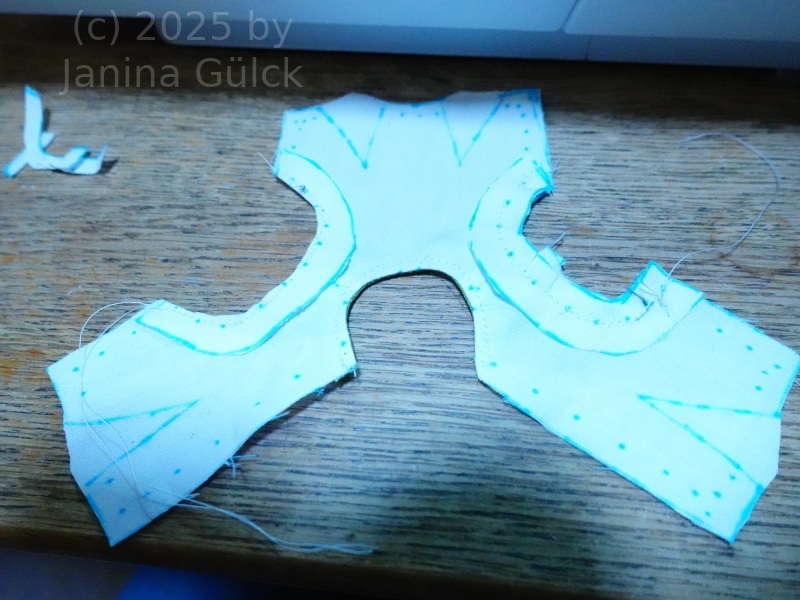
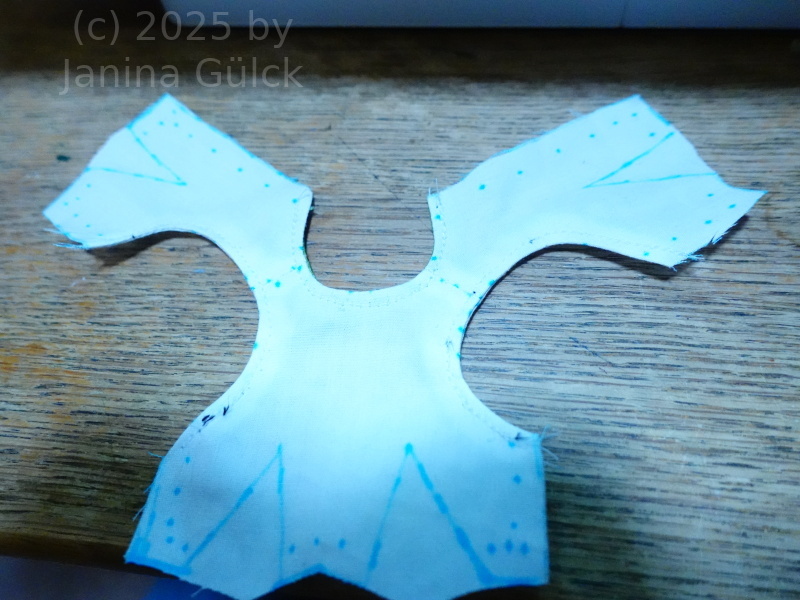
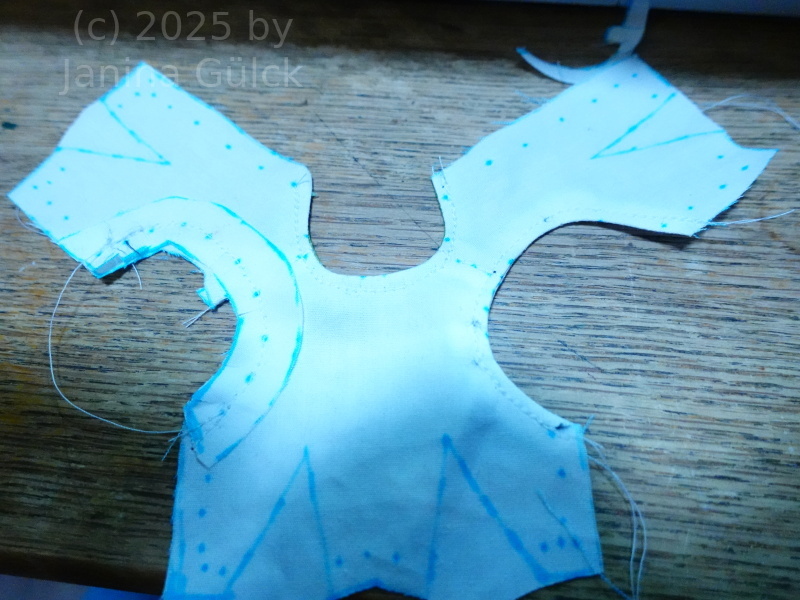
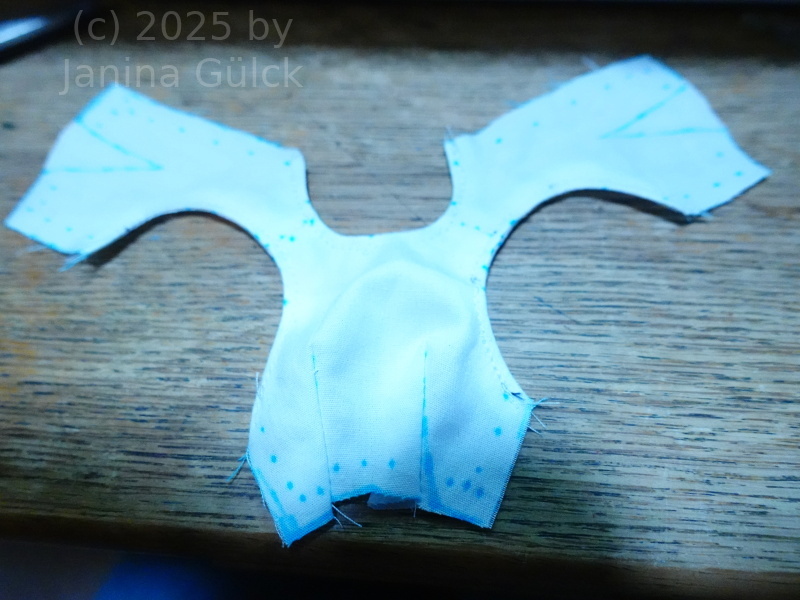
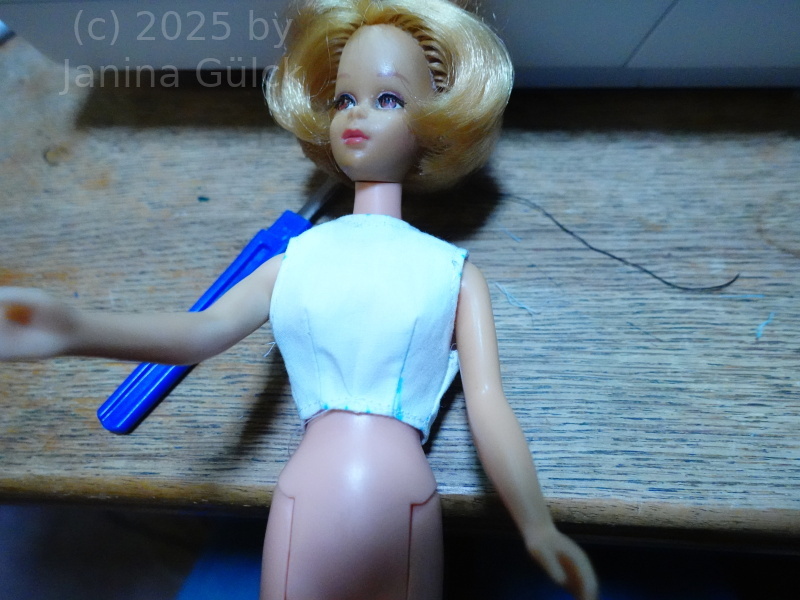
Step 4: Evaluating and Adjusting the Fit
Once the prototype is assembled, test it on a mannequin or model. Look for any necessary alterations, such as:
- Adjusting darts for a better fit
- Refining seam placements
- Modifying ease for comfort and style Make the necessary changes to the pattern and document them for future reference.
I admit that my step 4 includes no prototype assembly since the doll is too small. I prefer to sew the pattern prototype for Francie together and test my prototype on her. For taller prototypes there are other ways but for Fashion dolls in Barbie size it’s hard just to do the prototype assembly without having a look at the final version.
Step 5: Finalizing the Pattern
After making the required adjustments, transfer the updated modifications to your master pattern. This refined pattern will serve as the foundation for your final garment. This can sometimes be tricky for Fashion dolls like Francie because they are small. Pattern prototyping development is harder the smaller the size of the doll is. I can tell you this from experience since this pattern prototype for Francie is not my first one.
Conclusion
Pattern prototype development for Francie is a crucial process for ensuring a perfect fit and design accuracy. Whether working on a doll-sized outfit like Francie’s or a full-scale garment, testing your pattern before production saves time and resources. Stay tuned for an upcoming video showcasing another example of this method in action! I have added a video showing the prototype so that you can follow my single steps and understand how I developed the pattern you see above.

